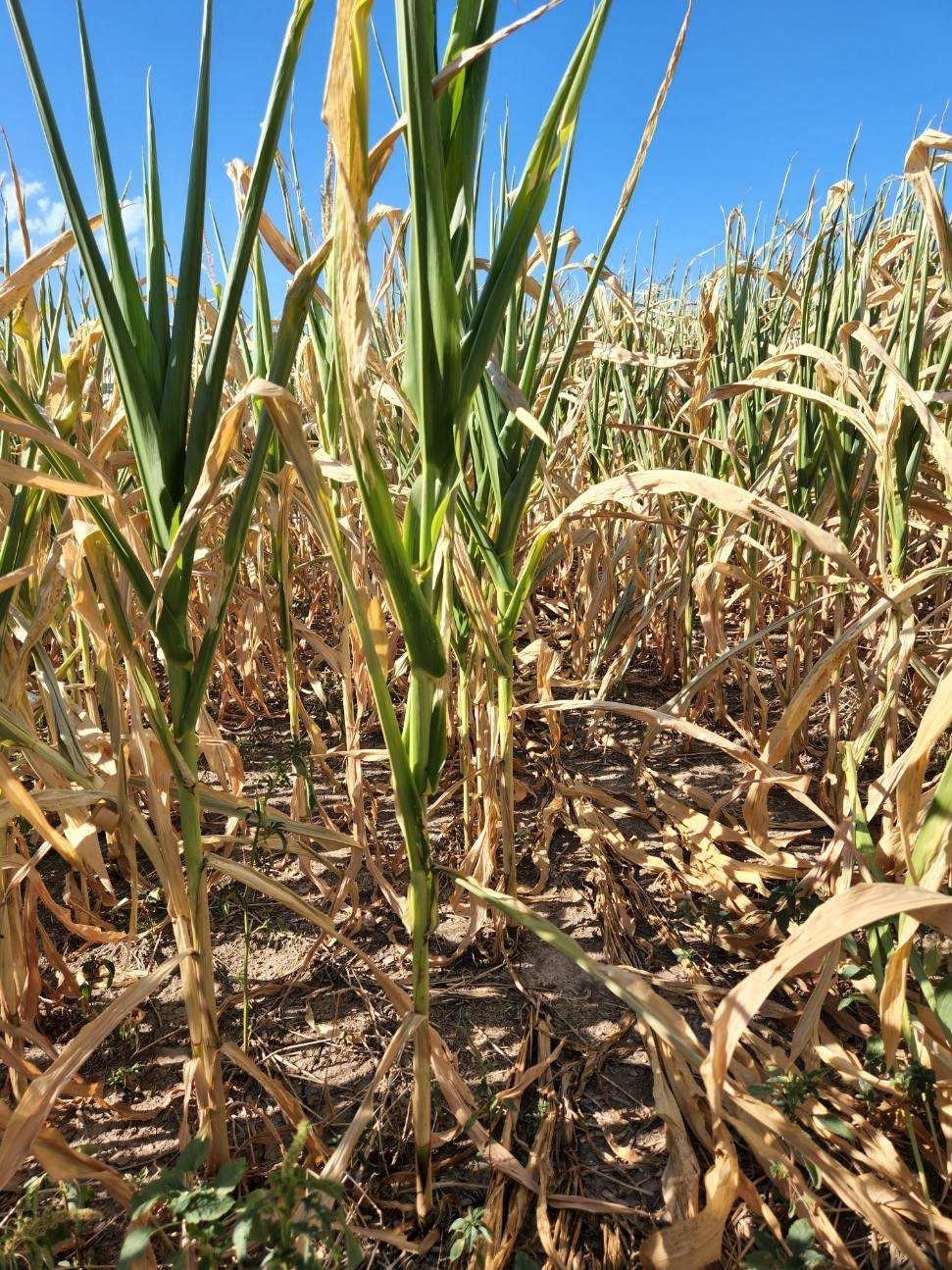Missouri dairy producers have their eyes on drought

COLUMBIA, Mo. — Northern Missouri has received plenty of rain, and dairy producers there are hopeful about making a silage pile, while those in the state’s southern counties are looking at options as drought conditions and oppressive heat have taken hold.
“There’s a lot to consider as a dairy farmer during times of high heat and little rain,” said Scott Poock, University of Missouri associate extension professor of veterinary medicine, in a press release. “The heat affects the animals, while the drought conditions can lead to issues with forage for feed. Careful management is key.”
Heat stress on dairy cows decreases milk production, fertility, feed intake, and fat and protein in the milk. It increases respiration, lameness and somatic cell counts (SCC). The higher the SCC, the more likely a cow has an infection.
Abatement strategies include use of sprinklers, fans and shade. Additional tips to consider:
- The holding pen will be the site of the greatest heat stress because the cows will be very close together, making it the most important place to have sprinklers and fans. Fans and sprinklers in free stall pens are also useful.
- Sprinklers should have large droplets so cows are soaked to the skin to allow for evaporative cooling.
- Provide shade for cows on pasture. Shades should be placed north to south, which allows the shade to move throughout the day and decrease the creation of a “mud hole.”
Management tools to consider while drafting the herd’s 2022-23 feed inventory plan:
For corn silage, determine when to chop by whole plant dry matter (DM). The target DM is 30%-35% for bunkers, 32%-37% for conventional tower silos, 40%-45% for limited-oxygen silos and 35% for silo bags.
While baling failed corn prevents the expense and logistics of hiring a chopper, the cost to produce a bale of corn silage is often far greater per ton due to wrapping costs and waste. Bale waste can be decreased when using a “crop cutting” baler with knives. Standard balers will ferment correctly if the moisture is within normal parameters.
Chop height can manipulate fiber digestibility and nitrate concentration. Call your county extension center to test the stalk for nitrate prior to harvest.
Nitrates are highest in the lowest 12-18 inches. A portion of nitrate will dissipate during ensiling – up to a 50% decline. But if ensiled high, it will likely remain “high” even after dissipating half. Be aware of prussic acid as well.
For more information, the MU Extension publication “Nitrate Problems in Livestock Feed and Water” is available for free download at extension.missouri.edu/g9800.
Find links to hay for sale at muext.us/HayMarketListings.
When feeding total mixed ration (TMR), straw can be used to extend forage inventory. Work with a nutritionist to make sure the ration meets the needs of your herd.
Supplementing additional grain helps dilute higher nitrates in forages. But too much grain could cause a decrease in fat and protein seen during heat stress. Ultimately, depending on severity, some producers should consider culling to help manage the forage inventory. Reproduction is impaired by heat. Take time to identify those open, long days in milk cows for ideal culling candidates.
Miss Clipping Out Stories to Save for Later?
Click the Purchase Story button below to order a print of this story. We will print it for you on matte photo paper to keep forever.

